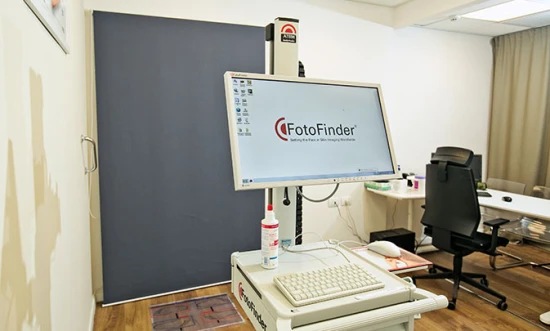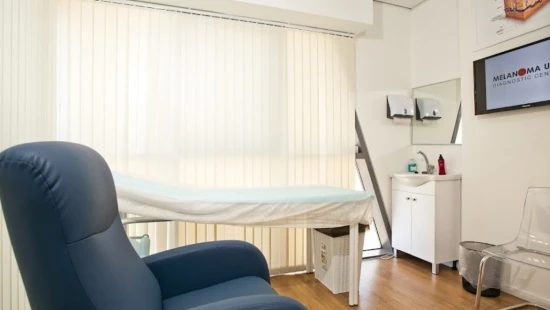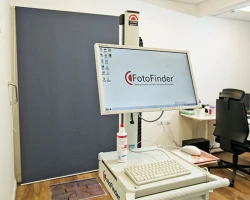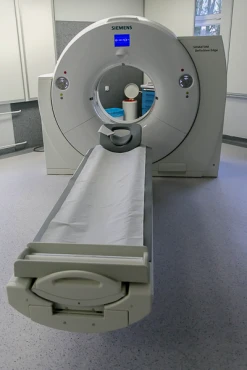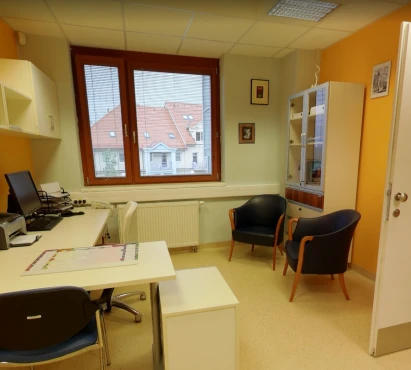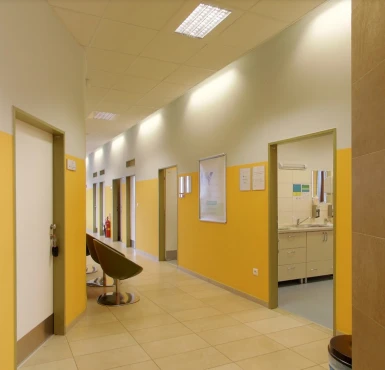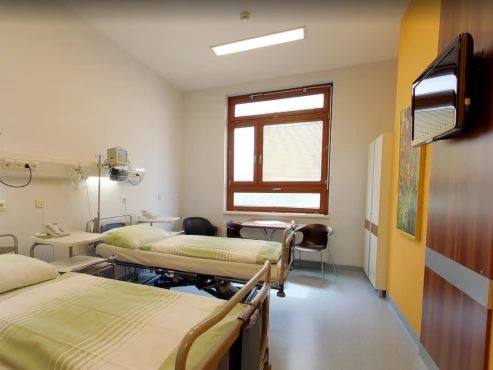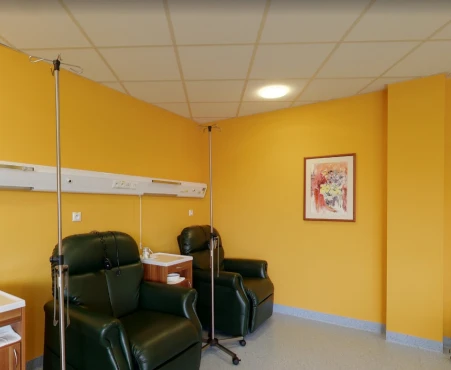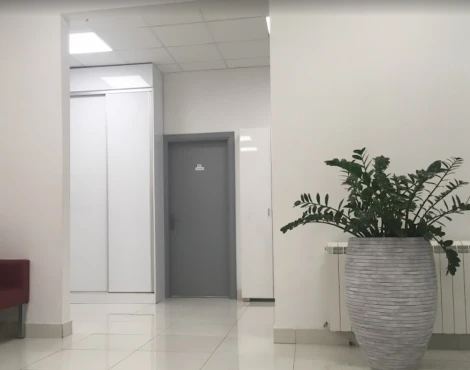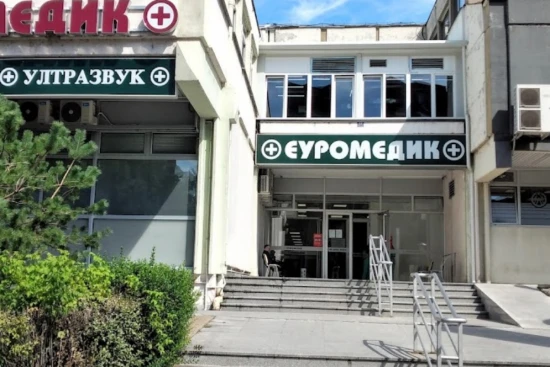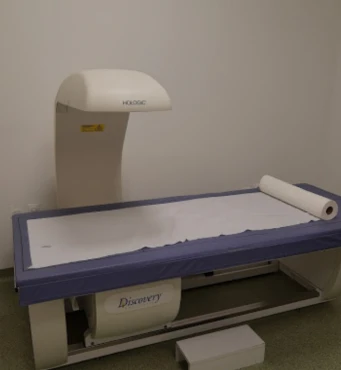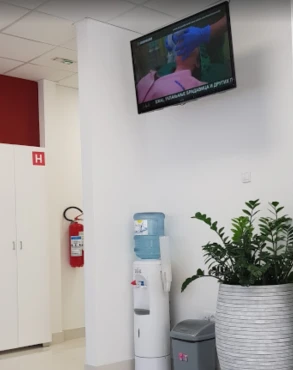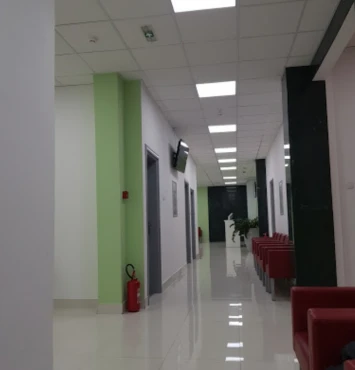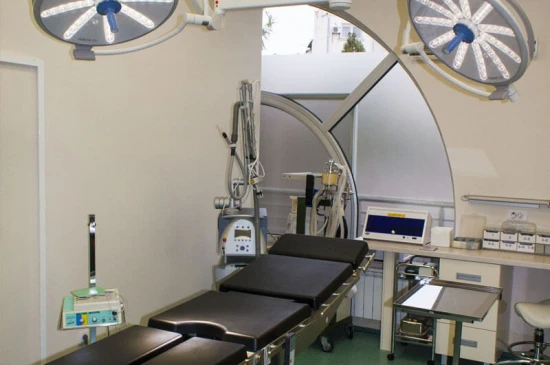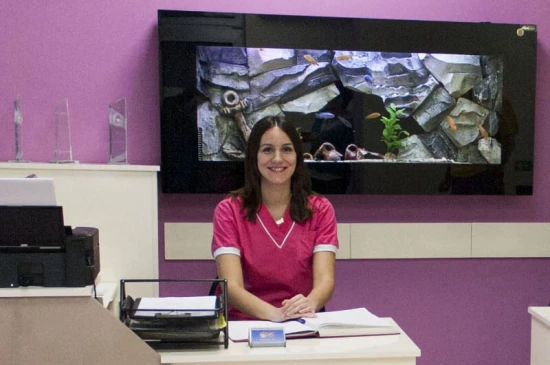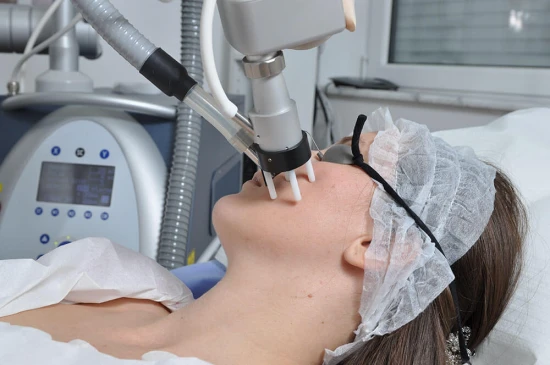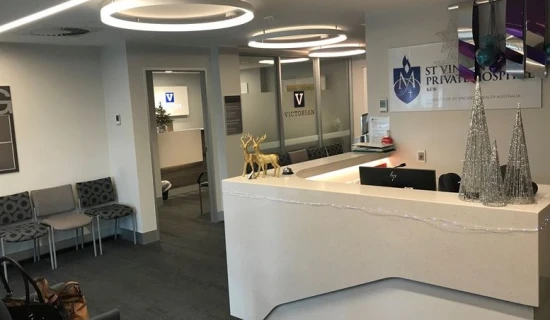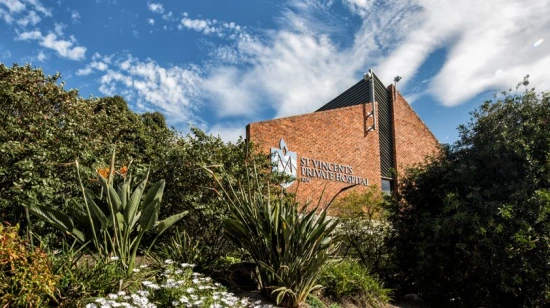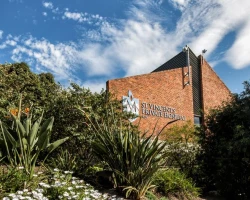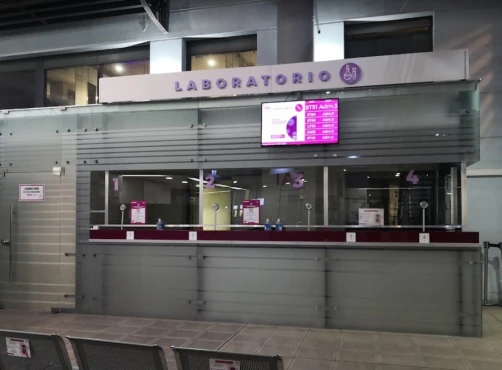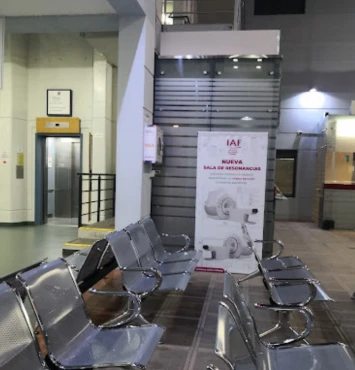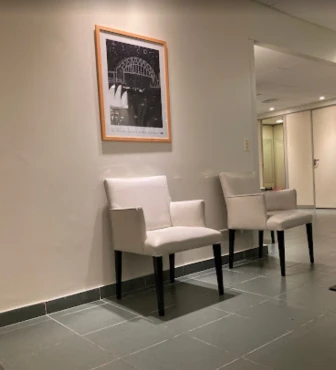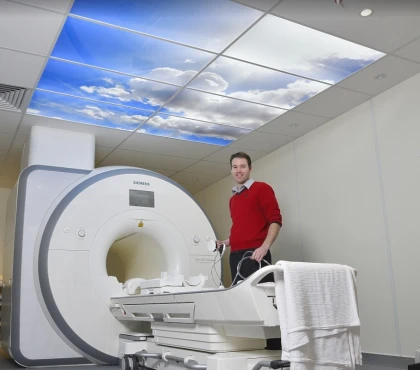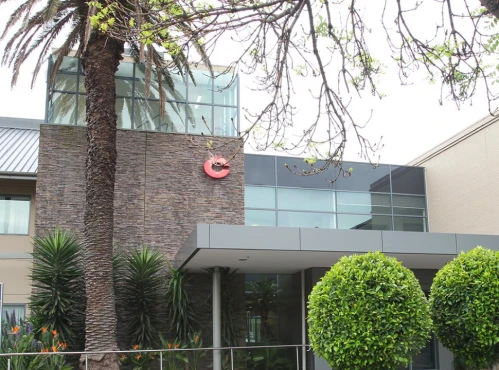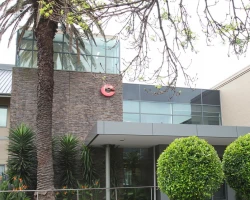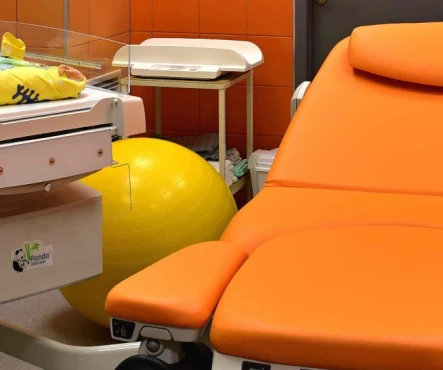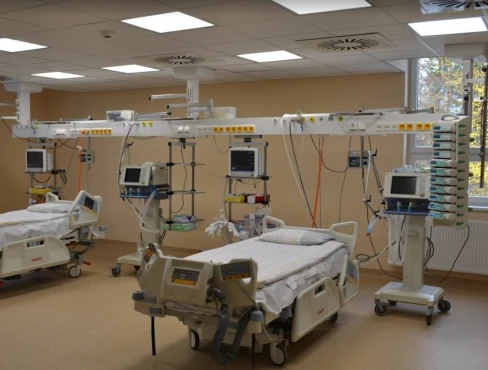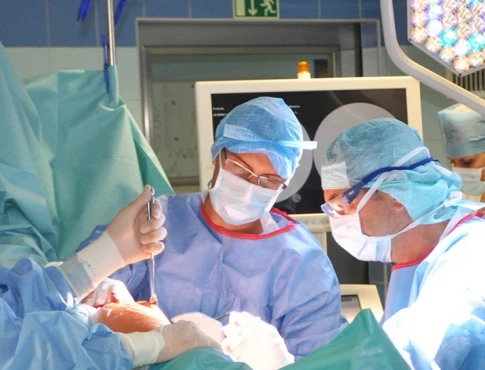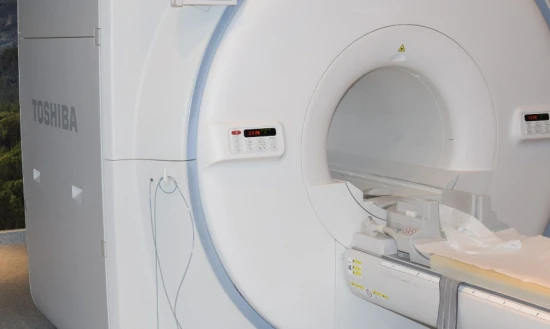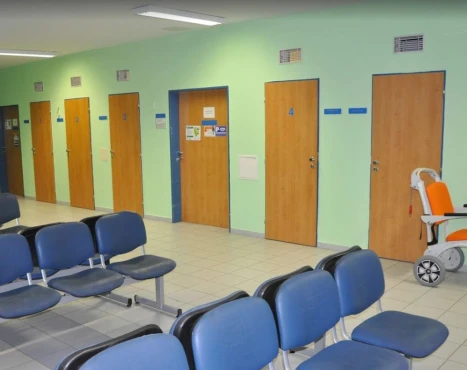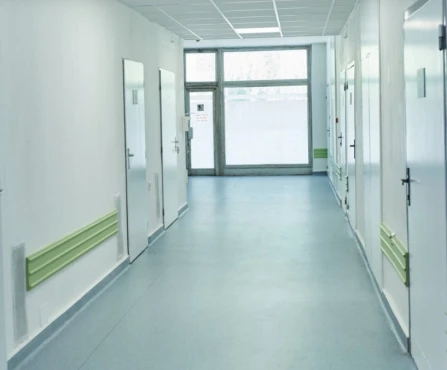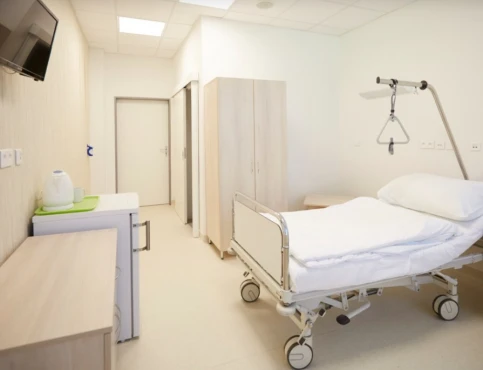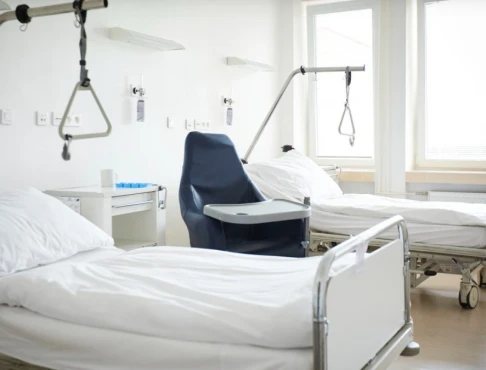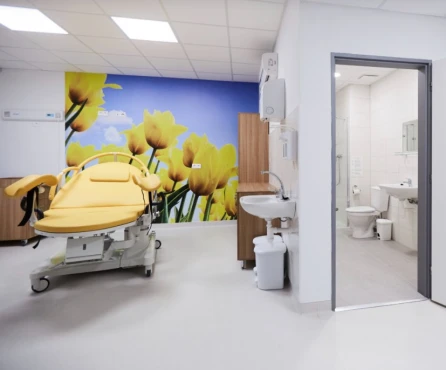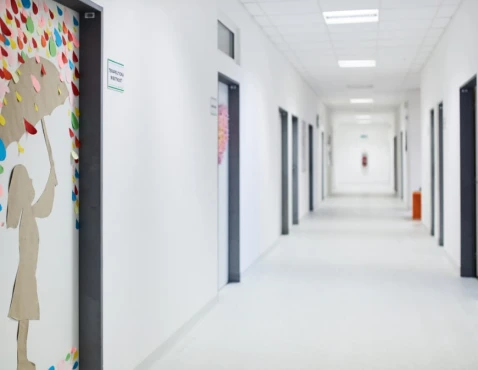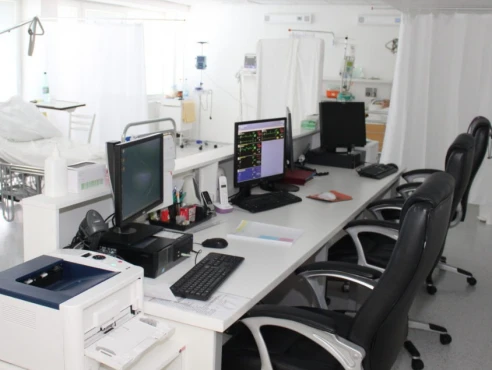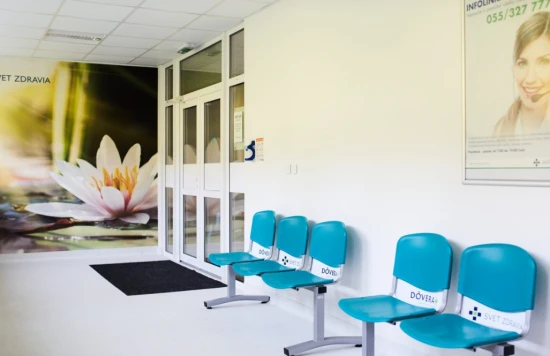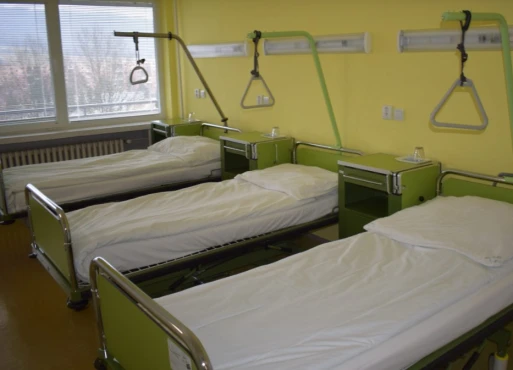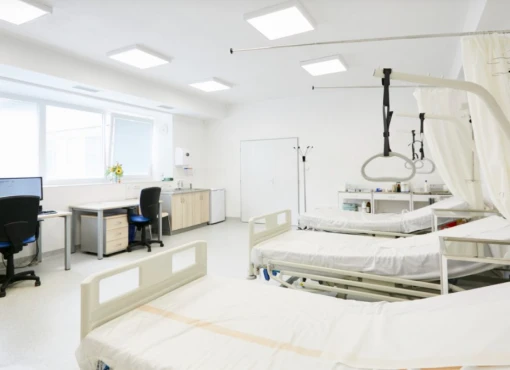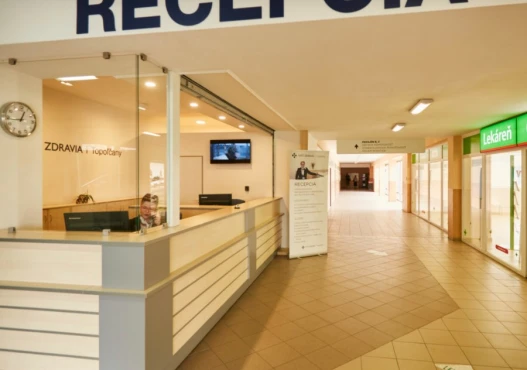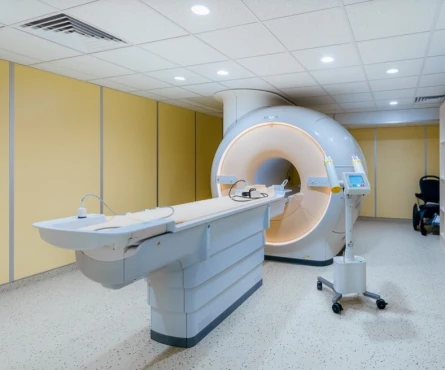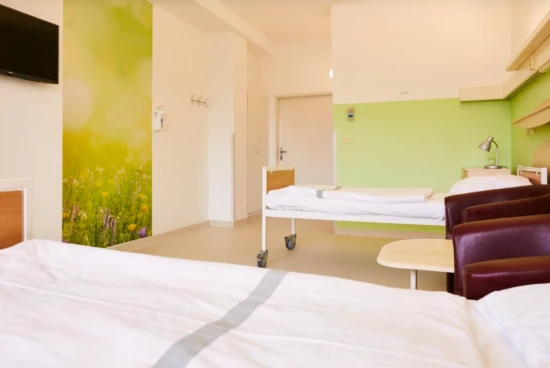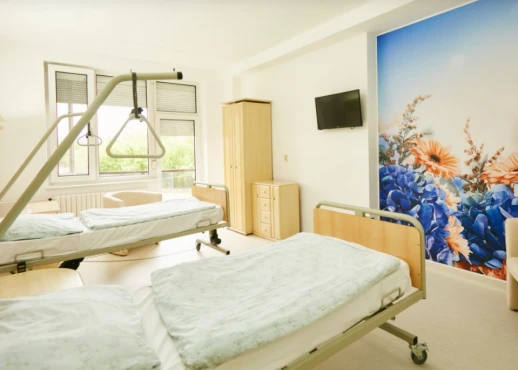A Comprehensive Guide to Mohs Surgery
Skin cancer is one of the fastest growing cancers worldwide. More and more people are looking for a way to remove it without going through any major surgical procedure. Luckily, Mohs surgery offers that option to individuals suffering from cutaneous cancer. It is considered the gold standard option when it comes to treating skin carcinoma. Mohs surgery involves excision of thin layers of cancerous skin which are then examined in the lab.
This procedure is repeated until the skin layer is free of any cancer cells. It signifies that the deepest carcinoma invasion has been excised. Once the excision is complete, the surgeon will patch up the wound. It is one of the safest cancer treatments when it comes to recurrence. It has a 99% cure rate for cancers that have not been treated before and 94% for previously treated cancers.
Mohs Surgery: The Most Effective Treatment of Skin Cancer
Mohs surgery or Mohs micrographic surgery has the highest success rate and low recurrence. Which is why surgeons choose it when treating skin cancers of various types. It is often used to treat skin cancers like BCC (Basal Cell Carcinoma) or SCC (squamous Cell Carcinoma). The procedure involves a systemic approach which allows the surgeon to completely remove the cancer without damaging the surrounding tissue. Traditional cancer surgeries on the other hand, cause extensive damage to the healthy tissue.
It is not only highly curative but cost-effective as well. It can be performed with local anesthetic as compared to traditional surgeries. Moreover, Mohs surgery can be performed as a single-visit outpatient surgery. In most cases, the results of the procedure are seen immediately whereas in other cases, it may take a day or two.
Mohs Surgery Preparation and Recovery
Before the procedure, your surgeon may advise you to stop taking certain medications, i.e. aspirin. Aspirin may be continued if you are taking it as a stroke protocol. Your surgeon may also ask you to give up smoking and alcohol intake few days before the surgery.
The procedure may be performed in your normal clothes, or you may have to wear a gown. It depends upon the location of your cancer. The surgeon will then mark the cancerous area and inject local anesthesia to prevent discomfort or pain.
Once you are done with the surgery, it is normal to experience slight pain and discomfort in the treated area. Your recovery depends upon the type of wound closure and after procedure care. Your surgeon may leave your wound to heal independently, or they may apply stitches if necessary. In terms of scar formation, natural wound healing is better as it leaves a smaller scar.
After the excision, you are done with the oncology department. If the wound is large and deeper, skin reconstruction may be necessary. Your surgeon may refer you to a reconstructive surgeon. The reconstructive surgery is performed on the same day as Mohs surgery. It involves using a skin flap (extending the nearby tissue) or a skin graft (from distant skin).
After the surgery, you may have to wear a bandage over the treated area for a few weeks. That gives your wound enough time to heal. The period may range from three to four weeks. Here’s how you can take care of the wound to ensure optimal results and recovery:
- Avoid strenuous exercise for a few days after the surgery.
- Avoid direct sunlight as it may cause irritation or inflammation.
- Apply ice packs to the treated area.
When Should the Procedure be Performed?
Mohs surgery was first developed by Fredric E. Mohs, MD, in the 1930s; however, it was studied in detail by Perry Robins, MD, in the 1960s along with Dr. Mohs. Their study concluded the therapeutic of Mohs surgery in dermatological and cutaneous carcinoma. The procedure is ideal for the treatment of BCC and SCC.
Furthermore, several cases make it necessary for the patient to undergo Mohs surgery, such as:
- If the cancer overlies little tissue such as the eyes, nose, genitals, hairline, and ears.
- If other cancer treatments have failed so far. In such cases, the success rate of Mohs surgery is 94%.
- If the cancer has recurred after successful resection.
- If the cancer is aggressive or large.
Top of World-Famous Mohs Surgeons
Mohs Surgery requires a skillful and meticulous set of hands. Some of the best Mohs surgeons worldwide are:
- Prof. Eli Sprecher
- Prof. Dr. Med. Lars French. He is HOD of Dermatology at the Ludwig Maximilian University Hospital, Munich.
- Prof. Dr. Med. Markus Brawn-Falco- the founder of TOP dermatology center in Munich.
- Prof. Dr. Med. Joan Ramon Garces Gatnau. He is the Chief physician of the dermatology department at Teknon Medical Centre of Barcelona.
Medical Treatment Abroad
Even though Mohs surgery is available in many countries, people may consider hospitals abroad for undergoing the procedure. Some of such international hospitals and clinics performing Mohs surgery are:





